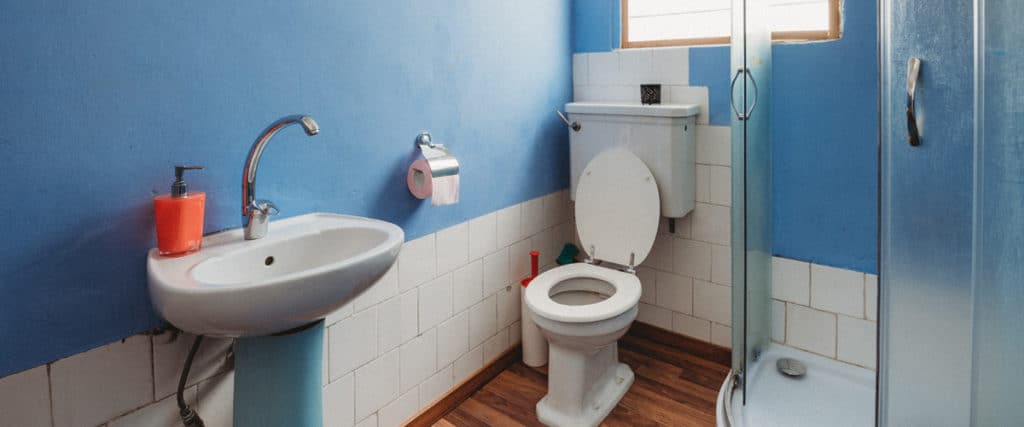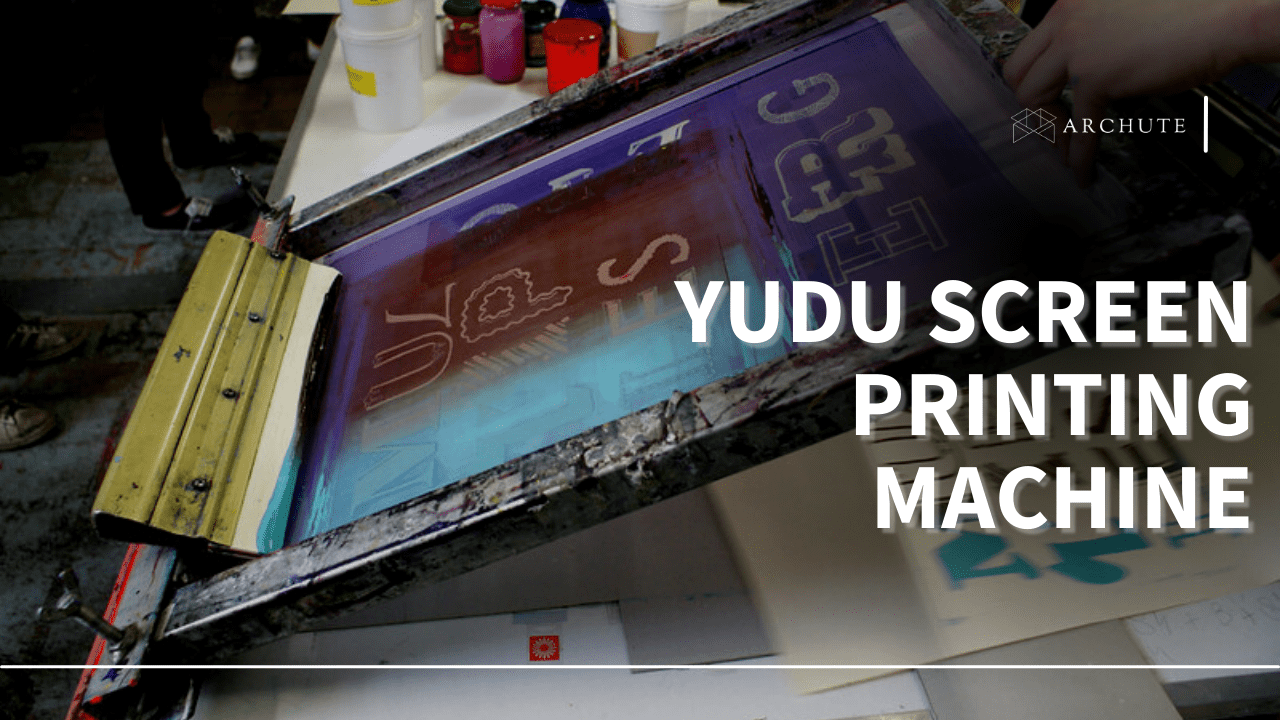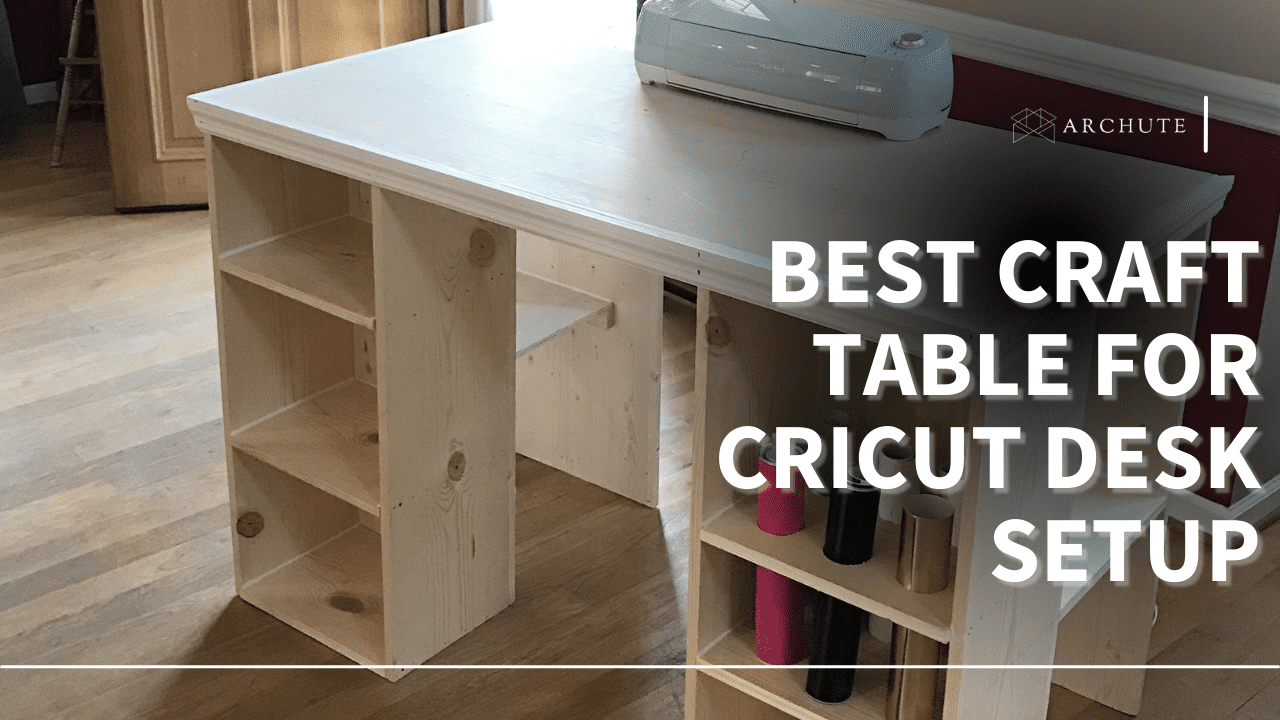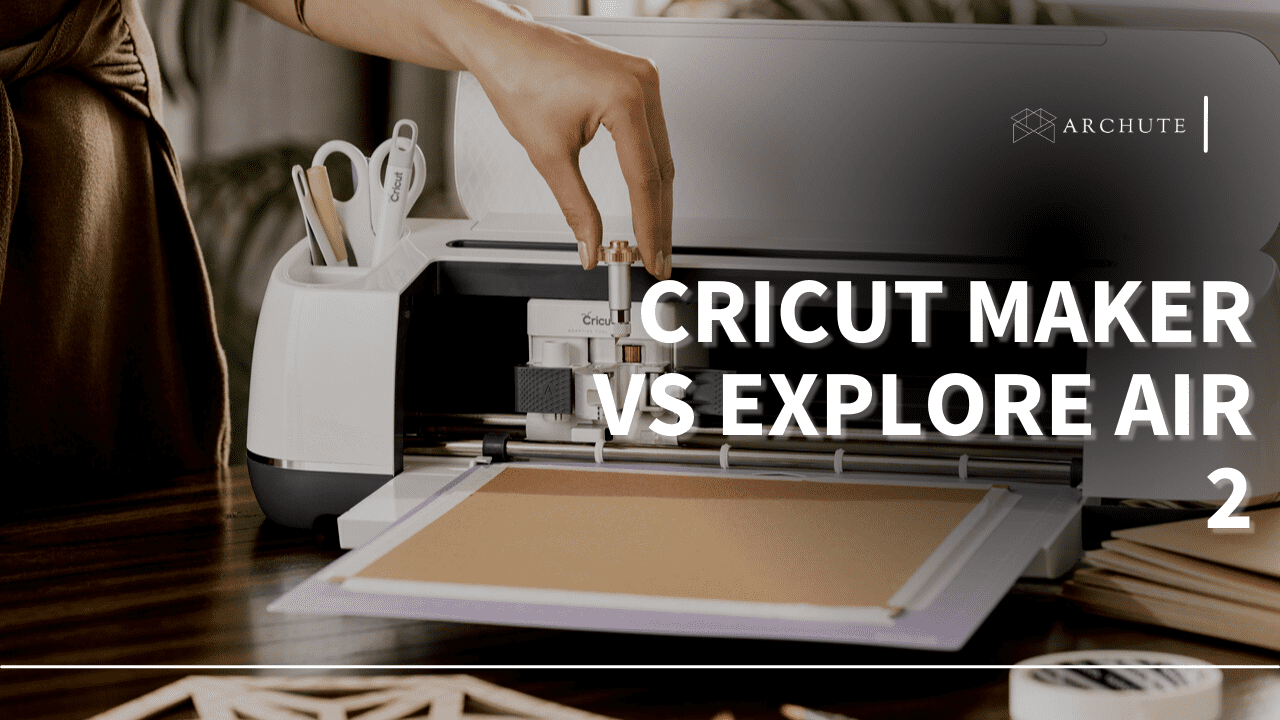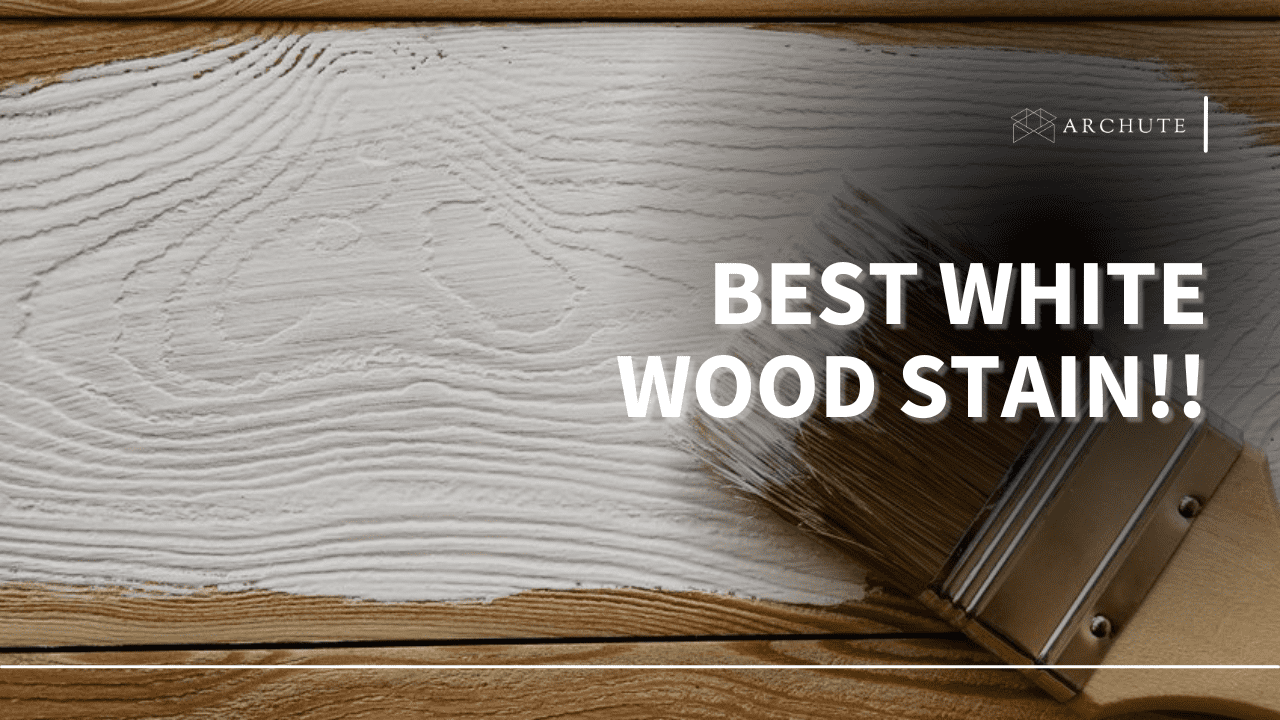We all want a neat paint job in our homes, including the bathroom. However, painting behind the toilet can be a tad challenging, mostly because the space is usually too tight to allow comfortable maneuvering. That being the case, we'll guide you through how to paint behind a toilet tank in three simple methods you can accomplish by yourself.
Why Paint Behind Toilet Tank?
Generally, most people keen to learn how to paint behind a toilet are looking for a complete bathroom interior finish. It enhances the look and feel of the space for a better bathroom experience for people using the facility. Moreover, the added layer of paint gives the wall more sturdiness, thus prolonging its lifespan.
Prepping Before the Paint Job
Before starting, you must make sure you have the right primer and paint. Bathrooms are usually exposed to plenty of moisture and humidity. Therefore, the perfect paint should be able to withstand the combination.
Ideally, it would be best to start with a high-quality moisture-resistant primer to protect the wall from peeling and water damage for several years. It's also highly recommended to use paint with antimicrobial additives or interior paint with a gloss finish (semi or high). That's because the sheen is more efficient at repelling moisture than matte paints.
These are the prepping steps before you get going:
1. Remove the Toilet Tank Lid
Detach the lid from the toilet tank and place it outside the bathroom. Next, cover the open toilet basin with a trash bag. If you're having a problem maintaining the bag in position, you can wrap some painter's tape on the plastic and porcelain on the underside. This also comes in handy in preventing accidental spills and paint marks on the toilet and seat.
2. Ventilate the Bathroom
Bathrooms are usually small, confined spaces with little air circulation. A painted surface in such a tight space emits toxic fumes that can cause problems such as blurred vision or as severe as fainting. Therefore, it's critical to make sure there is sufficient air circulation in the room before painting.
First, ensure all the bathroom windows are open. If your bathroom doesn't have windows or an exhaust fan, you can also leave the door and the closest windows open. You should also take out shower curtains, bath and hand towels, floor rugs and other materials in the bathroom that can absorb and retain moisture.
Equally important, you should also consider wearing a painter's mask to avoid inhaling the fumes.
3. Cover the Toilet and Flooring
You probably don't want to make paint messes on your toilet and floor, especially if you intend to paint the entire bathroom. As such, you need to cover the floor with plastic wrap or old clothes to ensure you avoid paint spots from spills.
4. Wear Old Clothes
In addition to staining your bathroom, you could also spill paint on your clothes. Therefore, it would be prudent to wear old or worn-out clothes since paint can ruin fabrics easily.
Once you're done painting your bathroom, you don't have to throw out these clothes. Instead, you can wash and store them for future painting projects.
With the prep job done, let's delve into the three simple, accessible methods you can use to paint behind a toilet:
Method 1: Mini Roller
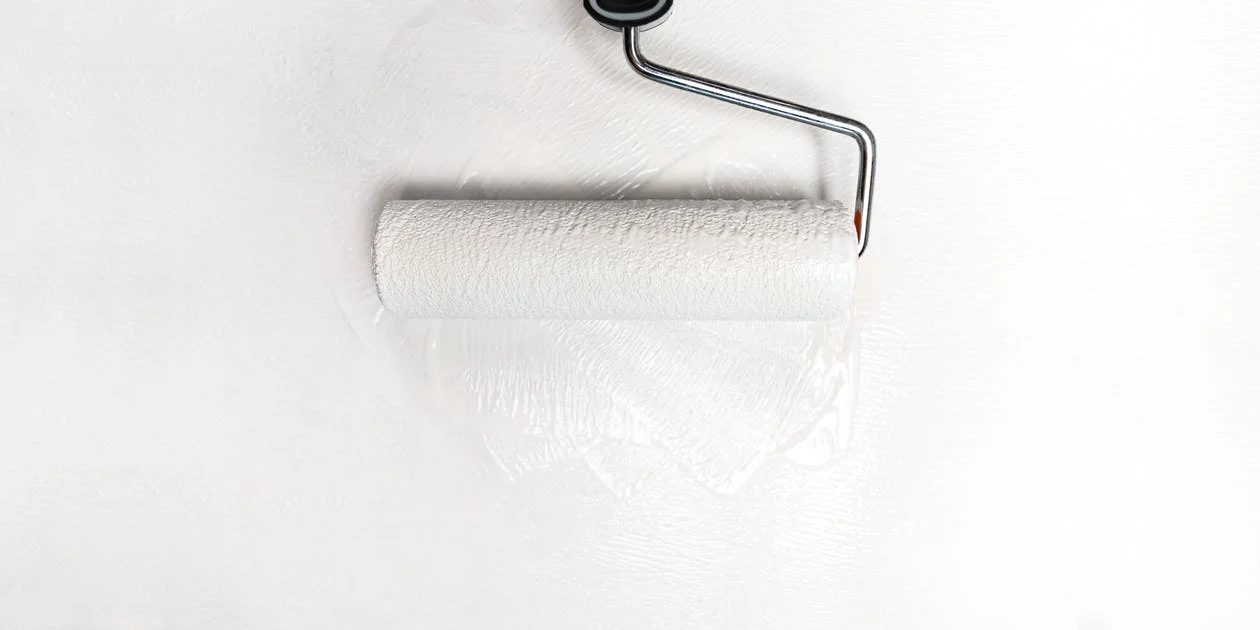
Image Source: pexels.com
This is usually the most straightforward way to paint behind a toilet. It takes not more than 5 minutes, only needs common painting tools and still leaves behind the toilet a texture similar to the rest of the wall paint.
Tools You'll Need
- Mini roller frame
- Mini roller pad
- Tray
- Drop cloth
- 1.5" painters or duct tape
Step 1: Clean Up around the Toilet
First, you'll need to wipe down the toilet thoroughly as you'll practically be on your hands and knees around the area. It goes without saying that a clean toilet is a more hygienic and bearable space to work.
You might also have to scour the trim behind the toilet; otherwise, the tape won't stick firmly.
Step 2: Prep Toilet and Trim
The water tank lid is normally slightly wider than the tank. That results in very little room between the toilet and wall. Therefore, you start by removing the lid; fortunately, most lids are designed to lift off the tank easily.
Run three strips of tape along both sides of the water tank. Make sure the first strip wraps a little behind the back edge of the tank. You won't need tape on top of the toilet water tank since you'll have taken the lid off.
Next, put the small drop cloth over the whole toilet to protect it from paint spills.
Finally, run a strip of tape on the trim at the back of the toilet, and secure it in place firmly using a small mud knife.
Alternatively: You can put a large trash bag over the water tank from the top down. Then, run a couple of tape strips around the whole tank to tighten the bag. This is an arguably easier method if you just got into learning how to paint behind a toilet.
Step 3: Brush around the Water Inlet Pipe
A standard paint roller lacks the purchase needed to get into tight corners, edges and pipes. Therefore, use a 2" cutting brush to paint the water inlet pipe coming out of the wall to the toilet.
Next, brush a coat of paint along the trim using the same brush.
Step 4: Use the Mini Roller Behind the Toilet
A mini paint roller and paint pad make the last part of the process pretty straightforward. The long neck and narrow pad give you enough purchase to apply paint behind the toilet with relative ease. Furthermore, you don't require a special tray for a smaller paint roller.
Step 5: Clean Up
Once the job is done, you can pull out the strips of tape on the toilet and trim. If you'd used a plastic bag, take it out carefully to avoid leaving a mess.
If some paint spilled on the toilet, wipe it off right away. That's because paint takes some time to bond to porcelain toilets.
Method 2: Stick and Rag
If the clearance between the wall and the toilet tank is too tight, a mini paint roller, a stick and a rag can help you reach the tight space. Most professional painters recommend using a Jimmy Sponge Stix to paint behind a toilet.
Tools You'll Need
- Paint stir stick
- T-shirt rag
- Drop cloth
- Painters/Masking tape
Step 1: Prep the Toilet
First, cover the entire toilet tank with a huge plastic bag; a garbage bag should do. Make sure it wraps all the way down between the tank and the wall.
Run some tape strips around the bag and toilet to fasten it.
Next, wrap a rag around one end of the painting stir stick, then run a few strips of tape to hold it firmly.
Lastly, place a couple of drop cloths around the toilet to protect your floor from spills.
Step 2: Paint Behind the Toilet Tank
Pour paint onto a tray or container. Next, dip one side of the rag on the stick into your paint. Alternatively, you can paint it using a brush.
Make sure the rag isn't oversoaked in paint since this can end up making a mess. Slide the painting stick up and down between the water tank and wall until you have painted the area to your desire.
Step 3: Clean Up
After you're completed painting behind the toilet, wait until the paint dries before detaching the strips of tape and garbage bag.
Disclaimer: Using a stick and rag to paint behind a toilet is a slow process. Moreover, it doesn't always leave a perfect texture, even with a professional-grade Jimmy Sponge Stix. That being said, paint texture behind the toilet when is probably not a major caveat for most people.
Equally worth pointing out, using a stick and rag usually offers the best results with light coats. Therefore, you'll probably have to use a third coat of paint. Just as crucial, the last coat needs to be 100% dry to ensure it does not rub off when there's too much friction as you move up and down in the tight spot.
Method 3: Detaching the Toilet Tank
On some occasions, the two previous methods just won't allow you to get paint behind the toilet. The last resort is usually removing the toilet tank for complete access to the wall.
This method is not highly recommended, especially if your water tank and the bowl are fixed together. It's only doable if you can detach the water tank and a no-go zone if you have to remove the entire toilet.
Tools You'll Need
- Wrench
Step 1: Cut the Water Supply
First, you need to stop water from flowing into the tank. Cut off the supply with a valve that comes out of the wall behind the toilet. Next, flush your toilet to empty the tank. Finally, unscrew the water hose below the water tank.
Step 2: Detach the Toilet Tank
Most toilet tanks are fixed to the toilet bowl by two plastic bolts and nuts. They are usually found under both sides of the tank. Unscrew both nuts from the bolts and lift the tank gently off the bowl.
Step 3: Paint the Wall
With no obstacles in the way way, you can now paint the wall behind the toilet as you have the rest of the wall. More so, the toilet bowl usually has enough clearance from the wall so as not to impede you.
Step 4: Reattach the Water Tank
When the job is done, allow the paint to dry. Once the wall dries completely, put the tank back onto the toilet bowl while making sure each bolt goes back to the right hole. Screw both nuts back on to secure the toilet tank to the bowl.
Lastly, reconnect the waterline and flush the toilet to ensure everything works as it should.
Conclusion
While you can always get a professional painter to get the job done expertly, doing it yourself comes with a lot more perks to offer. And that comes with the added satisfaction of doing it down to your likes and preferences. Hopefully, our how-to-paint-behind-a-toilet guide helps you inch closer to a perfect interior finish in your bathroom.
Good luck!
Featured Image Source: sanjoserecycles.org

